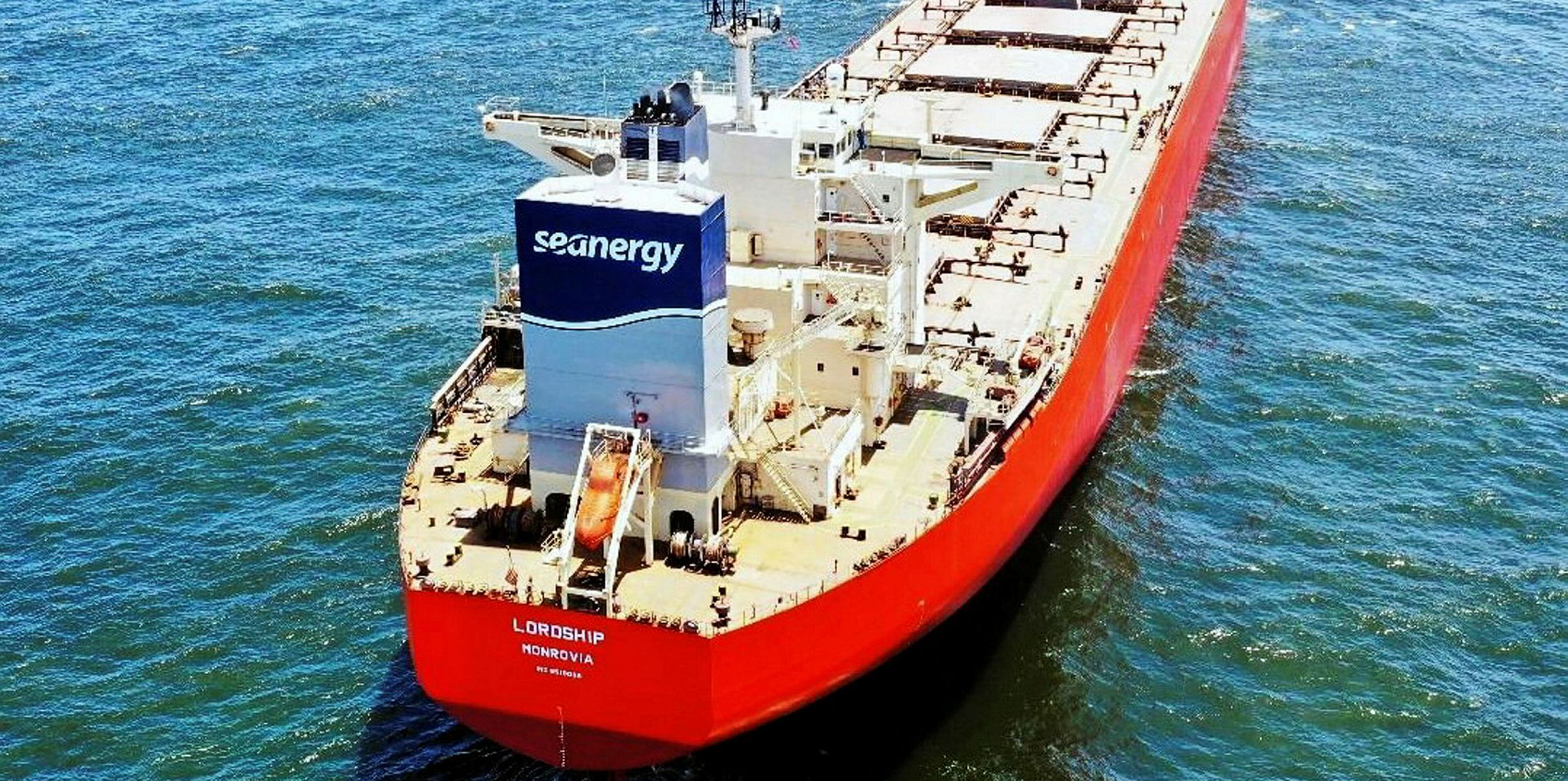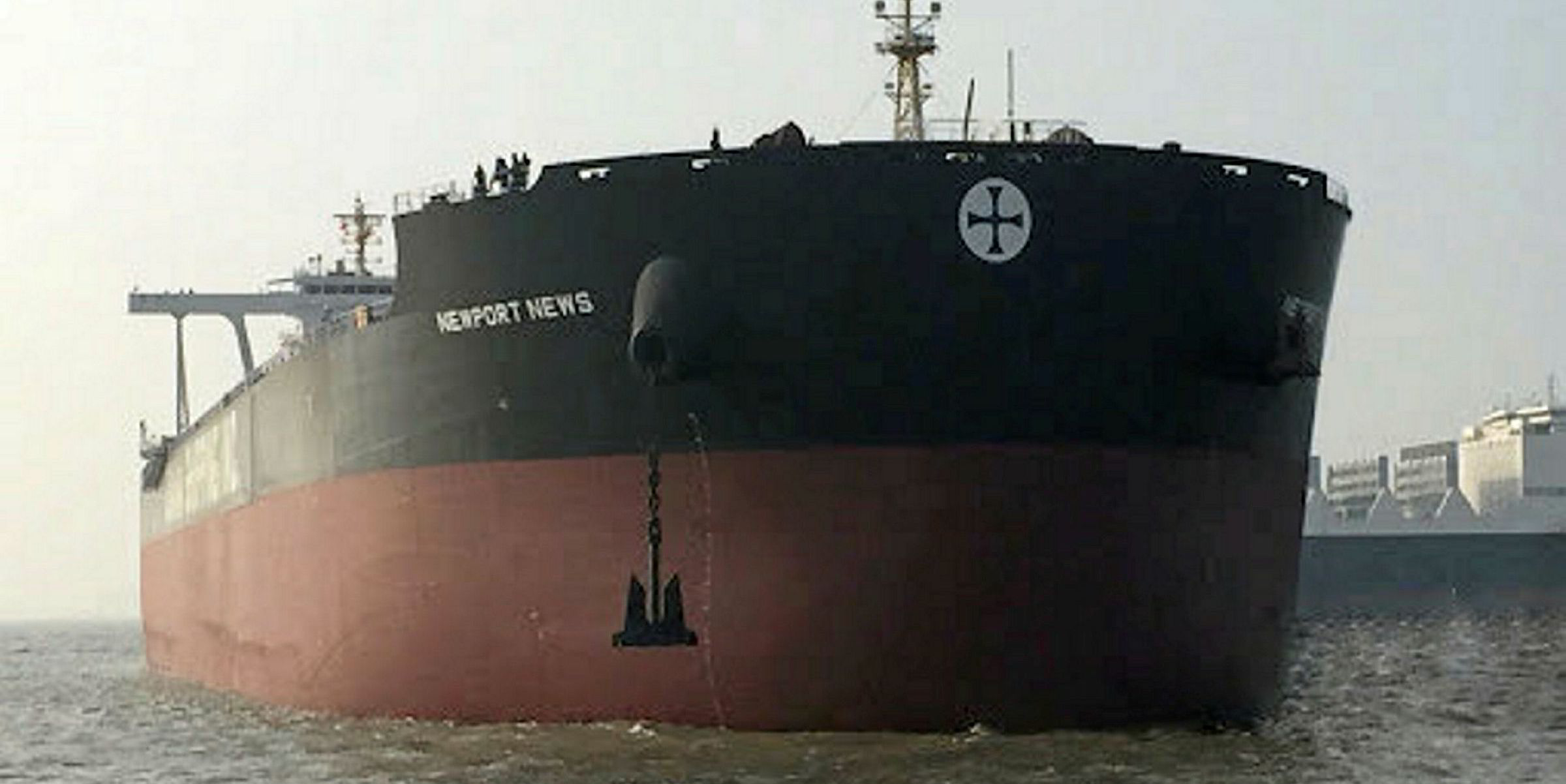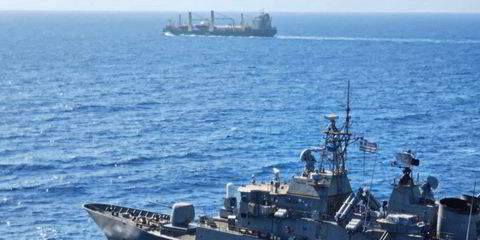Rates across dry bulk shipping continue to slide as the coronavirus pandemic prevents the sector from predicting what is next, according to brokers.
The time-charter equivalent (TCE) average for capesizes, which peaked at $33,760 per day on 6 July, declined to $15,482 per day on Wednesday. The average was $20,687 per day on 4 August, according to the Baltic Exchange.
"One reason for the downward trend in rates is due to uncertainty surrounding the outlook for the global economy," Rebecca Jones, a research analyst with London-based broker Alibra Shipping, told TradeWinds.
"Ongoing talk of a second wave of Covid-19 is keeping a very reserved outlook and the market has no clear indicator as to where it ought to be going or when demand will return to normal levels."
The TCE capesize rate for the benchmark Brazil-China round-trip voyage fell $509 per day on Wednesday to $15,523 per day, according to the Baltic Exchange.
Down goes the sector
The rates for panamaxes have likewise declined, falling to $12,330 per day on Wednesday from $16,372 per day on 17 August.
Supramax rates dropped modestly to $10,238 per day from $10,617 per day on 24 August, while handysize prices improving only $182 per day to $10,163 per day in the same period.
Rates may pick up in later this year as China keeps up iron-ore and grain imports, amid Beijing stimulus measures, and Brazilian iron-ore giant Vale improves volumes, Jones said.
"Vale is ramping up iron-ore production and intends to meet its year-end targets for iron- ore exports with the bulk of this production intended for Chinese consumption along with various other countries as they come back online, which could lend some support to the larger sizes towards the end of the year," she said.
Clarksons Platou Securities attributed the steady decline in capesize rates to lower Australian exports and the return of scrubber-fitted ships to the market, but it still holds optimism for the fourth quarter.
Optimism riding on China
"We do, however, expect that Australian export volumes will recover towards the end of the year," managing director of research Frode Morkedal told TradeWinds.
"Chinese steel demand is expected to be strong in the coming months and this should result in continued high iron-ore imports.
"Therefore, we anticipate dry bulk fundamentals to remain relatively healthy for the remainder of the year."
Rates may have also fallen due to a market correction and shipowners holding out for possibly better rates in the fourth quarter, one broker told TradeWinds.
"It's all been coming off slowly. The US Gulf market was pushing for several weeks but then stalled," he said.
"But a lot of China grain is being bought, especially from the US Gulf."






